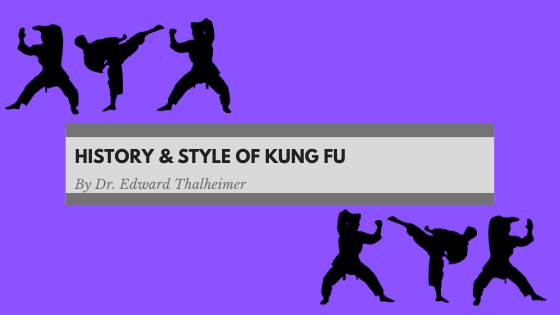Kung fu is a Chinese term that is widely misunderstood by the rest of the world; instead of specifically pertaining to martial arts, it describes an individual refined skill or accomplishment achieved through hard work. However, it has come to refer to Chinese martial arts within the contemporary world. Also called gung fu or wushu, the martial arts’ fighting styles have had a continued development over China’s history. Kung fu is also known for advocating peace and virtue, not violence or aggression. It maintains its function of self-defense, gaining modern value as means of body-building and fitness training.
Origins of Kung Fu
From what is currently understood, the Yellow Emperor Huangdi, who took China’s throne in the year 2698 BCE, was the first to formalize the arts. He also invented a type of wrestling that utilized horned helmets; this Horn Butting, or Jiao Di, was taught to China’s troops. It grew to include joint locks, blocks, and strikes, evolving into a sport in the Qin Dynasty somewhere around 221 BCE.
Historical Significance of Kung Fu
Chinese martial arts are distinguished by the philosophical as well as spiritual significance they have held within China’s culture. First growing along with the ideas of Taoism and Confucianism through the Zhou Dynasty between 1045 BCE and 256 BCE and beyond, the martial arts then influenced and were influenced by the arrival of Buddhism from India. Regarding the former, the Taoist idea of the Yin and Yang, universal opposites, became tied up significantly with the soft and hard techniques which make up kung fu.
Kung Fu: From Elite to the Masses
In its beginnings, kung fu was an art for the elite, practiced only by those with power. After occupations by the French, Japanese, and British, the Chinese began the encouragement of expert martial artists to train the public. They hoped the masses could cast out invaders, but the bullets of the enemies outmatched kung fu.
Classification
Some schools of Chinese martial arts are classified by region or location, others by creator and master of the school. Others are known for their training methods. The most influential schools or styles are Shaolin, Wudang, Emei, Tai Chi, Xingyiquan, Southern Fist, and Qigong.

